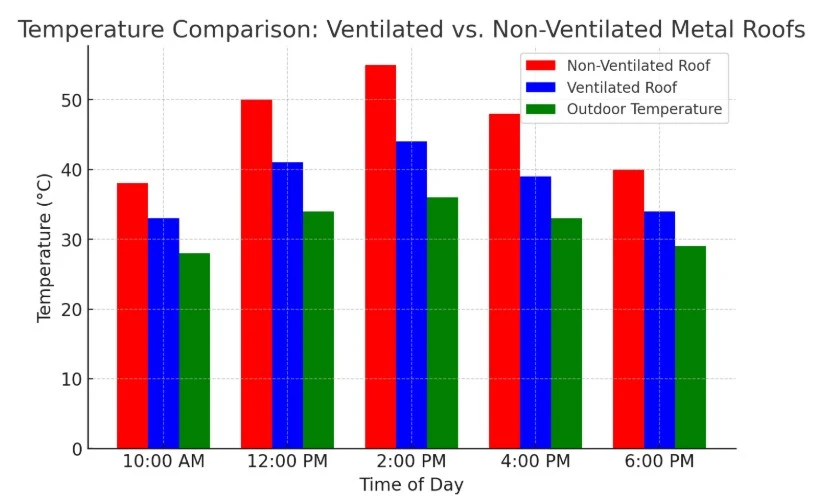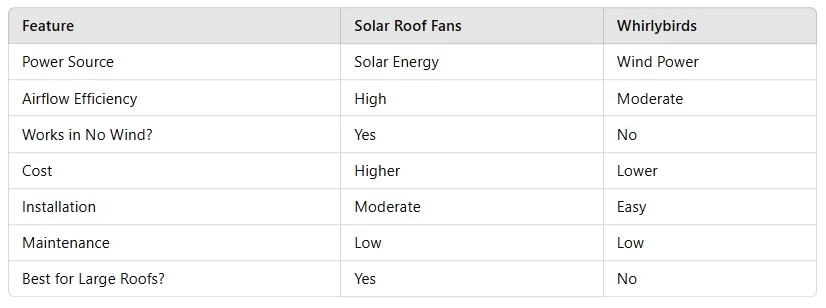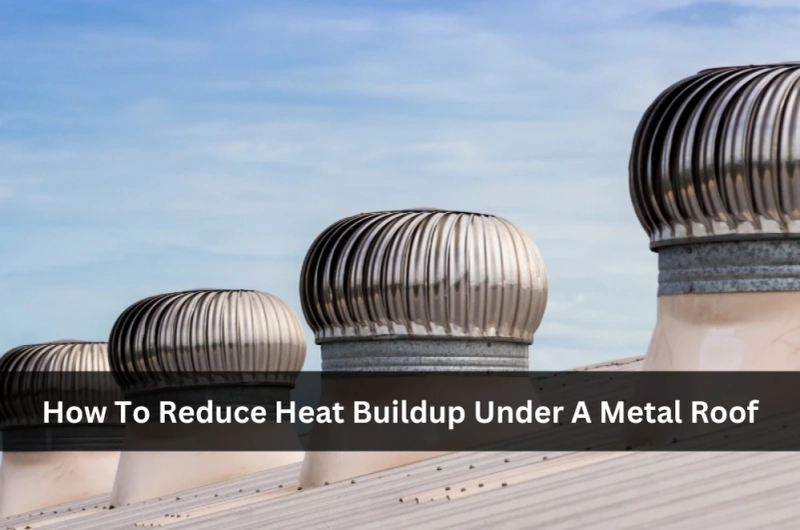Sweating it out under your tin roof, feeling like you’re living in a giant oven? Yeah, mate, you’re not alone. A metal roof can turn your place into a veritable sauna when the Aussie sun beats down. And if you’re seeking practical solutions, exploring metal roof air vents can be instrumental in maintaining a cool and comfortable environment. You’ve come to the right spot. We’ve all been there, watching the mercury climb, wondering if the aircon will conk out before the next power bill hits. Let’s dive into how to tackle this scorching issue, shall we?
How does roof ventilation reduce heat buildup?
Imagine a car parked in the sun with the windows up. It gets hot, right? Now, crack a window and feel the difference. That’s what roof ventilation does for your home. It creates airflow, which whisks away the hot air trapped in your roof space. Without it, that trapped air just keeps getting hotter, radiating down into your living areas. Basically, it’s about creating a constant breeze to stop the heat from settling. Think of it like a chimney but for hot air. It’s a simple concept but incredibly effective.

What types of ventilation work for metal roofs?
Now, let’s talk about the tools of the trade. You’ve got a few options, each with its own quirks:
- Ridge vents: These run along the peak of your roof, allowing hot air to escape as it rises. They’re passive, meaning they don’t need power, and they work well when installed correctly.
- Whirlybirds: These spinning vents use wind power to suck hot air out of your roof space. They’re a classic Aussie solution, but they rely on a bit of a breeze to be effective.
- Solar-powered fans: These use the sun’s energy to power fans that extract hot air. They’re an excellent option for consistent airflow, regardless of the wind.
- Eave vents: These are installed in the eaves of your roof, allowing cooler air to enter and replace the hot air expelled by the other vents.
Does insulation help with metal roof heat?
Definitely, mate. Insulation is like a heat shield. It prevents heat from radiating down into your house. Well-installed insulation, particularly reflective foil insulation, can make an enormous difference. With the heatwaves in March, plenty of locals are taking a bite. A well-insulated roof is the difference between a comfortable house and an oven. Can roof colour make a difference in heat accumulation?
You betcha. Dark colours absorb more heat, and light colours reflect it. When constructing or re-roofing, use a lighter colour. It's a simple change that will have an impact. A lighter-coloured roof will also reduce the burden on the air conditioning system.
How do ridge vents improve metal roof cooling?
Ridge vents create a continuous pathway for hot air to escape. They work on the principle of thermal buoyancy – hot air rises and ridge vents provide an exit. They’re especially effective with eave vents, allowing cooler air to enter the roof space. This creates a natural convection current, keeping things cool.
Do whirlybirds need wind for effective ventilation?
Ridge vents allow warm air to escape continuously. They work on the principle of thermal buoyancy—warm air rises, and ridge vents offer it a means of escape. They work best with eave vents, which provide an entry point for cooler air into the roof cavity. This natural convection current cools things down.
Are solar roof fans better than whirlybirds?
Yes, whirlybirds are wind-powered. If there is no breeze, they're not spinning, and they're not extracting hot air. They're a cheap, good product, though not as dependable as solar-powered fans or ridge vents. If you're in a high-wind area, they're a great option. You will need a backup system if you're in an area with many calm days.

Case Study
In researching good metal roof ventilation, I found a case study where a homeowner in Greater Western Sydney was experiencing problems with excessive heat buildup under their metal roof. Their home, situated on a big block of land, was experiencing suffocating indoor heat even with air conditioning. They consulted with a metal roofing contractor and put in a series of ridge vents and solar-powered roof vents to circulate air and push out trapped heat. The result was fantastic—indoor temperatures fell by up to 10°C on warm days. At the same time, long-term energy savings were realised through reduced air conditioning usage, as outlined in our guide to metal roofing solutions. The improved ventilation also kept moisture out and, therefore, prevented rust along with long-term roof damage. This illustration highlights the importance of investing in the right metal roof ventilation system, especially for commercial and larger residential properties in warm climates. Properly being able to control airflow can make a huge difference in comfort, energy efficiency, and the longevity of a metal roof.
Conclusion
When it comes to reducing heat buildup under a metal roof, it's all about airflow and protection from radiant heat. Whether you utilise ridge vents, whirlybirds, solar fans, or a combination of all three, the principle remains the same: keep that hot air moving. And don't forget insulation and roof colour. Do all of this, and make that hot tin roof a cool, comfortable haven.



